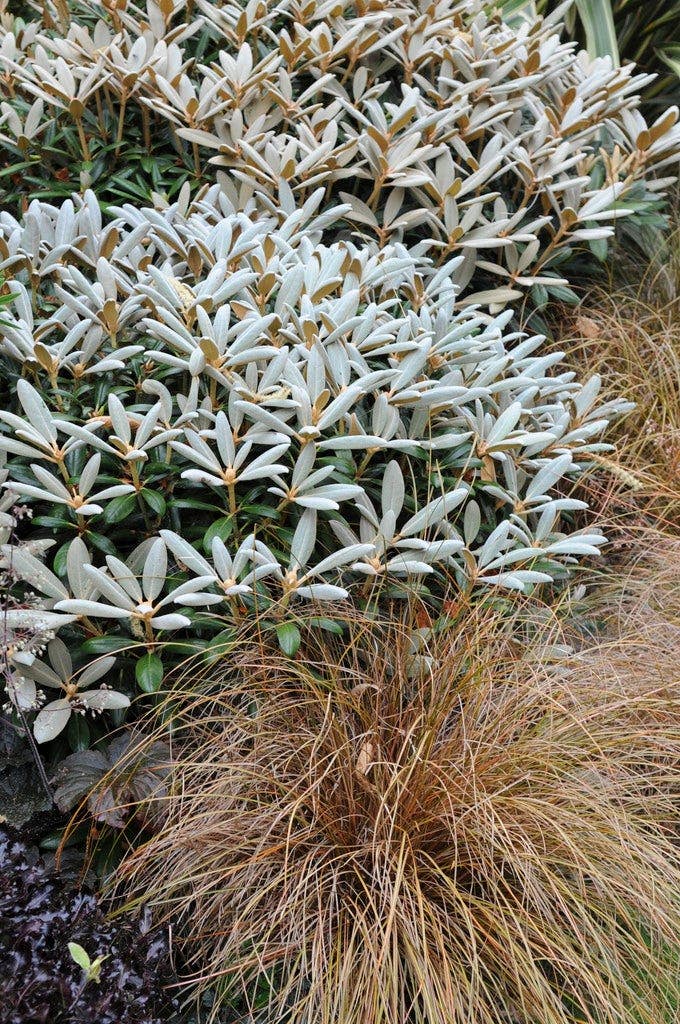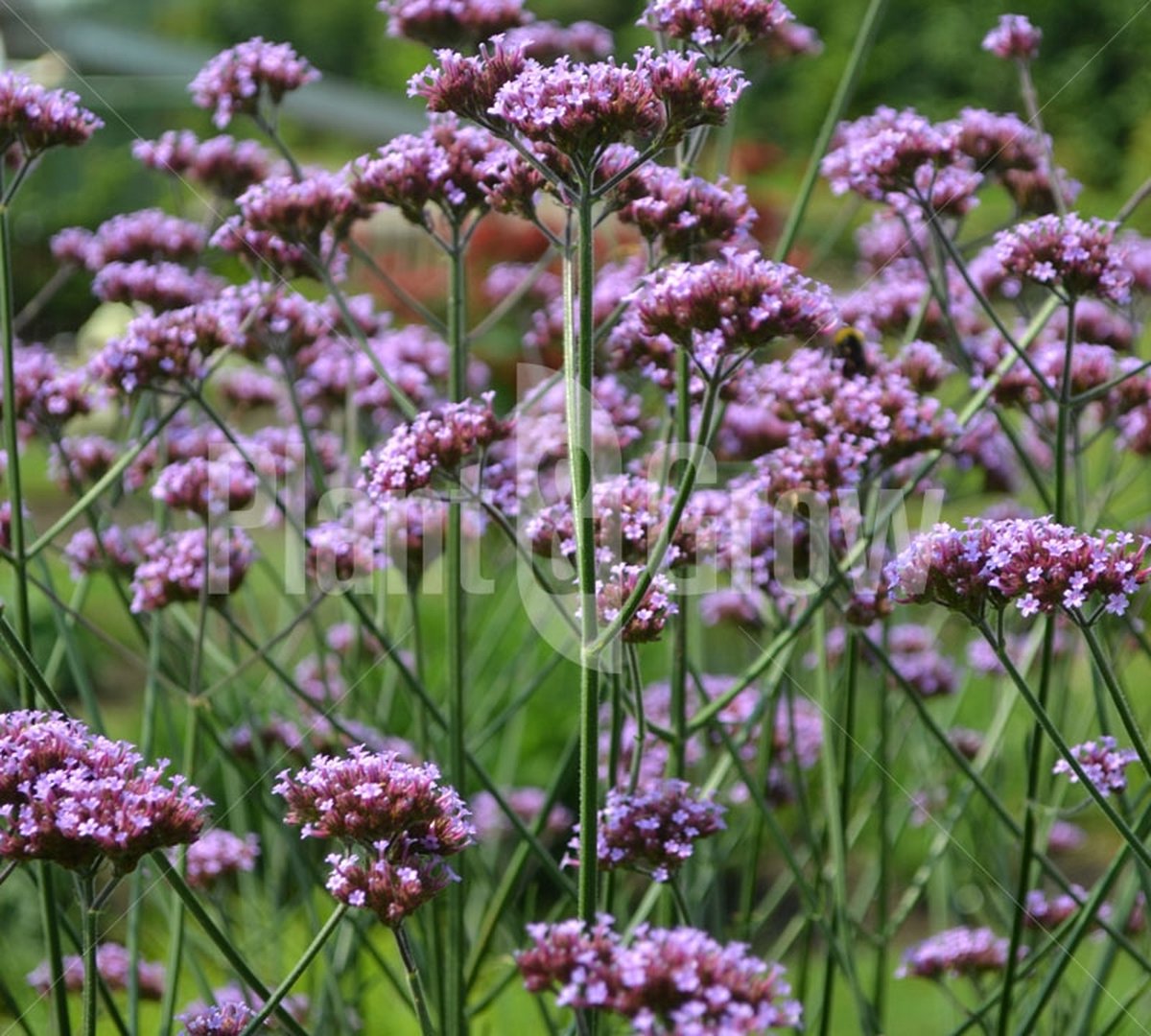Winterhard Plant Wonders: Thriving Green Through Frosty Months!

The No-Nonsense, Insider’s Guide to Winterhard Plants: Learn from Years of Cold-Season Triumphs (and a Few Epic Fails)
Grab your mug of something hot, because if you’ve ever dragged yourself outside in March to find your garden looking like a winter graveyard—believe me, you’re not alone. I still remember my first Minnesota spring: three “hardy” azaleas reduced to shriveled sticks and an ornamental grass so dead the snow seemed afraid to melt near it. That year, I nearly gave up. But if there’s one thing northern gardeners know, it’s how to learn fast—or freeze out.

What follows isn’t just another generic guide with pretty lists and vague tips. This is everything I wish someone had told me when I started out: the real-life hacks, battle-tested strategies, and honest-to-goodness disasters that taught me what actually works when winter hits hard and doesn’t let up. Whether you’re planting your first perennial or overhauling a four-seasons landscape, let’s make your garden tougher than January wind.
1. Winterhard Plants 101: What It Really Means (and Why Labels Lie)
Let’s cut through the nursery hype: “winterhard” isn’t just about surviving a chilly night or two. We’re talking about plants that can handle weeks—sometimes months—of frozen soil, biting wind, ice storms, and the kind of temperature swings that make thermometers weep.
Here’s What Sets True Winter Survivors Apart:
- They go dormant well – Some perennials have turned dormancy into an Olympic sport; their roots power down with a vengeance.
- Natural antifreeze – Certain trees (like maples) push sugars into their cells to resist freezing solid.
- Physical armor – Think thick bark (Russian Olive), super-dense roots (Peony), or even fuzzy leaves (Lamb's Ear).
- Local adaptation – If you see it thriving in old farmyards or roadside ditches through February blizzards? That’s a keeper.
My Rule of Thumb:
If you spot something green after two consecutive polar vortexes (hello 2019!), plant it ASAP.
2. Understanding Hardiness Zones: Beyond Just the Number
Most guides tell you to look up your USDA zone and call it good. But after having my “zone 4” plants croak in what should’ve been a mild winter, here’s what they don’t say:
Microclimates Are Real—and They Matter More Than You Think
In my own yard:
- The south-facing patch next to our brick garage is always two weeks ahead in spring.
- The low spot by the fence? A frost pocket every single April.
- Windbreaks (or lack thereof) can add or subtract half a zone!
Quick DIY Test
One February morning, stick kitchen thermometers in different beds at dawn—you’ll be shocked by the difference.
Don’t Trust Plant Tags Blindly
Big box stores sometimes ship whatever sells best nationwide. I once bought a “hardy” butterfly bush that lasted as long as my New Year’s resolution—because the fine print said “Zone 7.” Always check reliable regional sources before buying (local extension offices are goldmines).
3. Choosing Your Cast: Proven Winterhard All-Stars for Every Role
Here’s what has survived on my watch—and where others have flopped:
Trees & Shrubs
- Korean Lilac (‘Miss Kim’): Survived -25°F on my north property line with zero dieback.
- Paper Birch: Not only beautiful against snow but shrugs off late frosts.
- Red Osier Dogwood: The stems glow crimson all winter; mine came back strong even after getting flattened by ice twice.
Perennials & Groundcovers
- Peony: My grandma swore by dividing clumps every few years—hers have outlived three dogs and two satellite dishes.
- Creeping Phlox: Spills green over rocks even when nothing else does.
- Hosta: Completely disappears under snowdrifts but returns loyally each year—just protect from early deer raids.
Edibles
- ‘Lacinato’ Kale: Last season mine tasted sweetest after two frosts; picked leaves under snow cover until Thanksgiving!
- Garlic: Plant cloves in October; by July you’ll wonder why everyone doesn’t do this.
Bulbs
- Daffodils & Grape Hyacinth: Inherited some bulbs from neighbors who moved—they keep multiplying despite neglect and late-spring snows.
Unexpected Winner:
I chanced some alpine strawberries along my patio edge one autumn—still fruiting four seasons later with only leaf mulch as cover!

4. Soil Prep & Mulching: The Secret Sauce Nobody Talks About
This is where most folks mess up—even pros sometimes get lazy come fall! Here’s exactly what works:
My Fall Ritual
- Spread compost liberally—one spade deep for new beds (I use roughly one wheelbarrow per 10x10 ft area).
- Shred leaves with the mower for free mulch—a tip from old-timers at our local community garden.
- Wait until ground starts freezing before piling on mulch thickly (~3 inches). Too soon = rodents move in; too late = roots exposed during first freeze/thaw cycle.
- For baby shrubs/trees? Make donut-shaped mulch rings but never mound against trunks (“volcano mulching” causes rot).
Pro Tip
Leave messy plant stems standing until spring—not only does it protect crowns from sudden thaws/freezes, but songbirds will thank you for seedheads all winter.
5. The Rookie Traps I Fell Into…and How You Can Dodge Them
Mistake #1: Believing "Tolerates Frost" Means Survives Winter
My failed experiments with lavender taught me: if it's not rated for your coldest annual temp (not just an occasional light frost!), don’t risk it unless you're cool with annual replanting.
Mistake #2: Neat Freak Syndrome
First year I raked every last leaf—from flower beds to lawn edges—and lost half my perennials to freeze-thaw heaving! Now? Messy is protective; let nature insulate as she sees fit.
Mistake #3: Overwatering After First Frost
Plants need hydration heading into dormancy—but stop regular watering once overnight lows dip below freezing consistently (~mid-late October here). Wet roots + frozen soil = root rot city.
6. Level Up: Advanced Tactics for Four-Seasons Success
You want bulletproof beds? Here’s some game-changing approaches learned from decades of trial—and more than a few neighborly peeks over fences:
Crafting Microclimates Deliberately
Stack stones around delicate perennials—the thermal mass releases warmth overnight.
Cluster containers tightly near sunny walls post-Halloween; wrap them in burlap if arctic air threatens (“urban igloos”—looks odd but works).
Using Snow as Nature's Blanket
After an early blizzard dumped two feet overnight back in 2020, I stopped worrying about shoveling off buried plantings unless heavy ice crusted on top—the snow actually kept ground temps steady!

Don’t Rush Spring Cleanup
Wait until nights are reliably above freezing before cutting everything back—even if new shoots peek through debris earlier than expected.
7. Tools & Resources That Actually Earn Their Spot in My Shed
Skip cheap gadget fads—these are worth every penny:
| Tool | Field-Tested Use | Typical Cost |
|---|---|---|
| Soil thermometer | Checking actual bed temp pre-mulch/planting | $12–$20 |
| Heavy-duty garden gloves | Handling icy mulch/mystery critters | $15–$30 |
| Mulch fork | Faster coverage on big jobs | $40–$60 |
| Row covers/frost blankets | Saving borderlines during wild snaps | $10–$35 |
| Tree guards | Prevent sunscald/frost cracks on young trunks | $5–$20 ea |
Must-Follow Resources
- Local Cooperative Extension Offices — The true unsung heroes; mine rescued my apple tree from frost damage more than once!
- Regional Facebook Groups — Search “[Your City] Gardeners.” Honest advice + real-time weather survival stories beat any blog listicle.
- Books Worth Owning:
- The Well-Tended Perennial Garden by Tracy DiSabato-Aust
- Four Season Harvest by Eliot Coleman — especially if edibles are your jam!
8. Real-Life Stories from the Frozen Frontlines
Nothing builds confidence like knowing even seasoned gardeners face setbacks!
Sarah vs. The Zone Map
First home in Fargo? She planted ‘Endless Summer’ hydrangea…only to watch buds blacken every May (“But it said hardy!”). Switched to panicle hydrangea (‘Limelight’) based on advice from her elderly neighbor—the same shrub now blooms huge lime-white cones regardless of late snows!
Tom's Privacy Hedge Save
Tom tried arborvitae along his windy lot for years—lost half every March despite burlap wrapping attempts! Finally swapped them for ‘Green Giant’ cedar after chatting at town hall gardening night…three winters later, not one lost tree and zero browning tips.
Kim's Urban Pot Experiment
Renting downtown with no yard? Kim grouped dwarf spruce pots tight against her apartment building each November,
layered thrift-store wool blankets around them during cold snaps—and still picks kale leaves at Christmas!
9. Troubleshooting When Winter Goes Rogue
No shame here—we all lose some battles! Here’s how I handle common woes:
Browning Evergreens?
Usually windburn—not death! Snip brown tips off once thawed,
water deeply come spring, and consider moving next season if exposure is relentless.
Bulbs Heaved Out of Soil?
Freeze/thaw cycles did this trick; gently replant deeper next fall,
mulch heavier over problematic spots.

Bark Cracking on Young Trees?
Southwest injury strikes again! Wrap trunks loosely with white plastic guards each November until bark thickens (~year three).
10. Your Personal Action Plan: Build Your Resilient Garden Step-by-Step
Step One: Map your yard for microclimates before shopping—you’d be amazed what thrives tucked behind sheds versus open lawns!
Step Two: Start small—test just one shrub row or bulb patch instead of going all-in at once;
track survivors vs casualties come springtime before expanding efforts further.
Step Three: Buy local whenever possible; those plants have already proven themselves through past winters nearby.
Step Four: Prep soil well—with compost then shredded-leaf mulch applied late fall;
resist urge to tidy too much too soon come spring!
Step Five: Document! Take photos each season so you'll remember which combos worked best—
it’ll save tons of guessing next go-round.
Last Word: You Got This (And So Will Your Plants)
Building a winter-tough garden isn’t luck—it’s paying attention year after year,
learning from both wins and wipeouts,
and never being afraid to ask advice from folks who've seen more winters than Google ever will.
Remember—that first failed azalea wasn’t a defeat;
it was tuition paid toward figuring out what thrives here,
wherever “here” happens to be for you right now.
Every seasoned gardener has their war stories…and their secret favorites that keep coming back stronger each spring.
Try something new each year,
embrace the messier side of fall prep,
and trust that even if this year throws curveballs,
next season brings another shot at glory under snow—or sunshine.
Got questions or just want a pep talk? There are thousands of us rooting alongside you (pun intended).
Now go make Jack Frost work a little harder next time he visits your yard!



